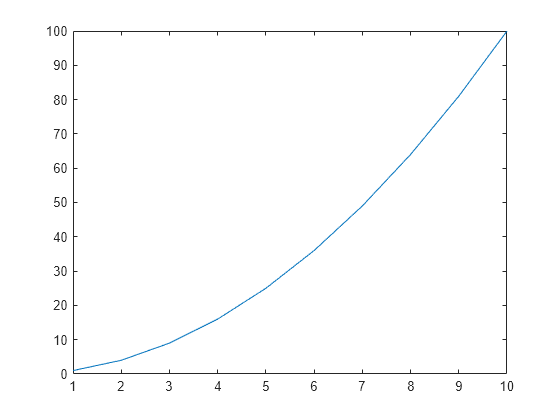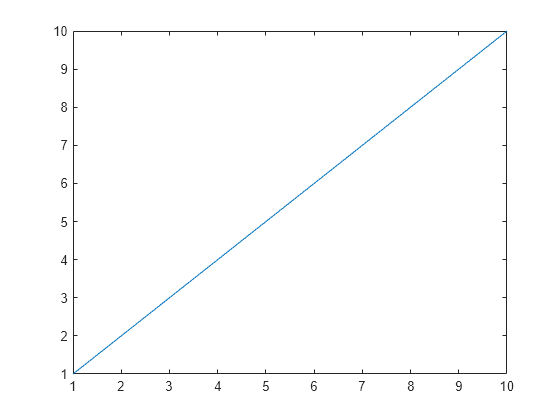close
Close one or more figures
Description
close closes the current figure. Calling close
is equivalent to calling close(gcf).
close force closes the current figure, even if the figure has a
CloseRequestFcn callback that has been specified to prevent users
from closing the figure window.
close all closes all figures whose handles are visible. A figure
handle is hidden if the HandleVisibility property is
set to 'callback' or 'off'.
close all hidden closes all figures, including figures with hidden
handles.
close all force closes all figures, including figures for which the
CloseRequestFcn callback has
been specified to prevent users from closing the figure window.
status = close(___) returns the
status of the close operation for any of the previous syntaxes. The
function returns 1 if the figure or figures close and
0 otherwise. When specifying the output status, you
must enclose input arguments that are character vectors in parentheses; for example,
status = close('all','hidden').
Examples
Input Arguments
Tips
To delete all figures unconditionally, use these statements:
set(groot,'ShowHiddenHandles','on') c = get(groot,'Children'); delete(c)
When implementing a
CloseRequestFcncallback, do not use a call toclose. Callingclosein the body of the callback sets up a recursion that results in a MATLAB warning. Instead, implement the callback using thedeletefunction.deleteremoves the figure without executing theCloseRequestFcncallback.If you call
closeon a figure without specifying theCloseRequestFcnproperty, the default value of the property,closereq, unconditionally deletes the figure and closes its window. To prevent deletion when callingclose, implement aCloseRequestFcncallback.
Algorithms
The close function evaluates the CloseRequestFcn
property of the specified figure f using this statement:
eval(get(f,'CloseRequestFcn'))CloseRequestFcn enables you to either delay or abort the closing of a
figure once close has been invoked. For example, you can display a dialog
box to confirm that the user really wants to close the figure or save and clean up before
closing.
The default value of CloseRequestFcn, closereq,
closes the current figure using delete(get(groot,'CurrentFigure')). If you
specify an array of figure handles, close executes the callback specified
by CloseRequestFcn for each figure.
If an error terminates the execution of a CloseRequestFcn callback,
then the figure is not closed.
Version History
Introduced before R2006a















